If you are a personal trainer or are in the fitness industry, having a prenatal fitness certification to train women during their pregnancy is an invaluable skill and asset. A prenatal fitness certification plays a vital role in the life of your female clients; empowering them to prepare for the marathon that is pregnancy, helping to ease recover, enhance their health, and ultimately extend their lives. This role is vital to the well-being of your client! An expectant mother is an individual facing a new and entirely different set of physical changes and challenges, along with bringing on a new member to the family. Having a certified prenatal fitness certification will ensure the proper strength and endurance training done both safely and effectively, and will add another big stream of income to your training repertoire.
Earning a warranted prenatal fitness certification to become a prenatal instructor is of extreme importance to you and your clients. There are a lot of companies out there such as ACE and NASM that are pushing prenatal fitness certifications that you can earn in a day by simply applying and taking a test. STAY AWAY! Not only are these prenatal fitness certifications uncredited and illegitimate, but they are also unsafe for your pregnant client. This is why my team and I created an accredited prenatal fitness certification that properly helps your clients in preparation, birth, and recovery process of their pregnancy. You are literally earning an official license to change your life financially, along with your clients and their child’s lives.
A prenatal instructor in fitness training and, more specifically, the baby fit certification will enable you to ease and facilitate your client’s pregnancy experience; and it is my aim to educate and prepare you for the assumption of this highly popular and rewarding occupational title.
Sure, the prenatal fitness instructor salary is impressive! Yet your rewards in this profession extend far beyond the monetary level. By enabling and empowering a woman to exercise during pregnancy, you as an instructor with a prenatal fitness certification, are easing and facilitating what can be a physically challenging experience. Expectant exercisers feel better during their pregnancies and often find even the labor phase to be much faster and easier. Their postpartum recovery goes more smoothly, to the point that they are all too ready to jump back into the fitness game as few as two weeks before birth. You might even have to hold them back a bit at this point for the moms eager to do all they can to prepare themselves. We have a strict timeline for them to abide by, which involves holding back on all challenging classes until your client is ready, which you must abide by for their safety.
It can even be said that previously sedentary women who began exercising at the 12-14 week point of their pregnancy experienced improved fitness and delivery outcomes. “Compared with women who remained sedentary, active women improved aerobic fitness and muscular strength, delivered comparable size infants with significantly fewer cesarean deliveries, and recovered faster postpartum, at least related to the lower incidence of cesarean section. Active women developed no gestational hypertension, and reported no injuries related to the exercise regimen.” (Price, 2012)
The act of staying active throughout one’s pregnancy has several physical and emotional benefits for mom–including increased energy, reduced complications and pains, easier labor and recovery and an elevated mood. A new University of Montreal study recently revealed that participating in an exercise routine during pregnancy can also have a positive effect on the baby.
This study followed two groups of women during their pregnancies. The first group participated in 20 minutes of moderate exercise at least 3 days a week, while the second group maintained a sedentary lifestyle. Following birth, researchers measured brain activity and electrical responses by way of a soft electrode hat. They found that when it came to the infants of active mothers, their brain activity was indicative of what would commonly be associated with a more mature brain; and their responses indicated that their brains developed more rapidly than those born to sedentary mothers. The researchers plan to test the babies again at the one-year point, to see if these positive effects are long-term.
This study is an amazing contribution to the world of prenatal fitness and is in itself a prime reason that you should become pre and post natal exercise certified. Many people get mixed messages about the safety of maintaining an exercise routine during pregnancy; disregarding the fact that exercise helps release endorphins, which enhances our happiness and reduces stress, and increases blood flow–all of which supply enhanced blood flow to the infant’s brain. As long as your doctor has approved a moderate exercise plan that you can enact during your pregnancy, you and your baby both can reap the benefits of sweating it out a few times a week.
And when it comes to prenatal exercise, it’s never too late; the monitoring of lifestyles and exercise habits of this study did not commence until the second trimester. So even if you’ve skipped the gym during the first trimester due to fatigue or nausea, it is never too late to reap the benefits of prenatal exercise!
Prenatal Fitness Certification Benefits for Fetus and Child
It is not only the mother who stands to benefit from the experience of an instructor with a prenatal fitness certification; something that your pre and postnatal certification will enable you to do. Because when Mom exercises throughout mid-pregnancy for 20 minutes, three times each week at a moderate to hard intensity, this movement will stimulate above average placental growth (Clapp, 2002) along with long term increased fetal brain activity (Ellemburg, 2013).
Even better, maternal exercise during pregnancy increases offspring cognitive development into adulthood. (Robinson, 2013)
Correct exercise from someone with a prenatal fitness certification can also influence the development of the placenta, as several studies indicate.
“The placentas of women who exercise regularly throughout early and mid-pregnancy grow faster and function better than those of women who are healthy but don’t exercise regularly” (Clapp, 2002).
Furthermore, “If exercise continued, the placenta grew almost a third faster by mid-pregnancy and had about 15 percent more vessels and surface area at term. This explains why a little bit of exercise throughout or exercising regularly then stopping in late pregnancy produces a big baby. It’s another example of how the interaction between regular exercise and pregnancy produces an unanticipated protective effect that reduces fetal risk if complications develop late in pregnancy.” (Clapp, 2002)
Indeed, the benefits of exercising with a trainer who has a prenatal fitness certification exercise seemingly endless for your baby. Staying active throughout the mid-pregnancy phase for 20 minutes, three times each week at a moderate to hard intensity level, stimulates above average placental growth (Clapp, 2002) along with long-term increased fetal brain activity (Ellemburg, 2013). Maternal exercise during pregnancy even increases offspring cognitive development into adulthood. (Robinson, 2013).
In addition, previously sedentary women who began exercising at the 12- to a 14-week point in their terms stand to improve fitness and delivery outcomes. Experts state that “Compared with women who remained sedentary, active women improved aerobic fitness and muscular strength, delivered comparable size infants with significantly fewer cesarean deliveries, and recovered faster postpartum, at least related to the lower incidence of cesarean section. Active women developed no gestational hypertension, and reported no injuries related to the exercise regimen.” (Price, 2012)
Exercise with a trainer with an accredited prenatal fitness certification also helps to relieve prenatal stress that can affect fetal development. Studies show that stress hormones inhibit glucose transportation across the placenta, resulting in decreased fetal weight; so by getting active now, you can both your alleviate your own stress and enhance the health of your fetus. (Kinsella, 2009)
And when it comes time for delivery, a healthier placenta makes for an easier birth. This owing to the Relaxin hormone, a hormone produced by the placenta that softens connective tissue and allows the pelvis to open for childbirth. When you receive your prenatal fitness certification, you can ensure your client will be prepared for bringing her baby into this world.
So by attaining the very best prenatal fitness certification, you stand to make Mama and Baby happier and healthier!
 Exercises to avoid (ACOG, 2015)
Exercises to avoid (ACOG, 2015)
As beneficial as exercise can be for expectant mothers and their babies, it does come associated with a fair number of risks. And on the whole, pregnant women should avoid certain fitness styles and maneuvers during these pivotal months; this owing to their high impact and strenuous nature.
Ask your clients to forgo these physical activities for the duration of their pregnancies:
– Contact sports (eg., ice hockey, boxing, soccer, and basketball),
– Activities with a high risk of falling down (eg., downhill skiing, water skiing, surfing, off-road cycling, gymnastics, and horseback riding),
– Scuba diving,
– Skydiving,
– ‘Hot’ yoga/ ‘hot’ Pilates
– Activities performed above 6,000 feet (if you do not already live at a high altitude) (ACOG, 2016)
Prenatal Fitness Certification: Relative Contraindications to Exercise in Pregnancy (ACOG, 2015)
People with certain health conditions also may have to limit or at least closely monitor their exercise regimens–especially when moving for two, as we detail in our prenatal fitness certification. These health conditions include:
– Anemia
– Unevaluated maternal cardiac arrhythmia
– Chronic bronchitis
– Poorly controlled type 1 diabetes
– Extreme morbid obesity
– Extreme underweight
– History of an extremely sedentary lifestyle
– Intrauterine growth restriction in the current pregnancy
– Poorly controlled hypertension
– Orthopedic limitations
– Poorly controlled seizure disorder
– Poorly controlled hyperthyroidism
– Heavy smoker
Absolute Contraindications to Exercise in Pregnancy (ACOG, 2015)
Although it is generally healthy and advisable to exercise during pregnancy, our prenatal fitness certification will teach you that certain, very severe health conditions are prohibitive of vigorous physical activity during this time. They include:
– Hemodynamically significant heart disease
– Restrictive lung disease
– Incompetent cervix or cerclage
– Multiple gestations at risk of premature labor
– Persistent second- or third-trimester bleeding
– Placenta previa after 26 weeks of gestation
– Premature labor during the current pregnancy
– Ruptured membranes
– Preeclampsia or pregnancy-induced hypertension
– Severe anemia
When faced with absolute contraindications such as these, the patient should speak as soon as possible with a primary care physician; relative contraindications should be assessed by a physician, with training professionals researching modifications appropriate for relative conditions. (Dr. James Clapp, 2002)
Prenatal Fitness Certification Pregnancy Guidelines
In pursuing your prenatal fitness courses, you will learn methods of monitoring and amending your clients’ fitness regime.
The first general rule is to advise your client to stretch to a point that feels good and avoid any “pain.” This is important, as we must teach the pregnant woman how to properly strengthen her deep core muscles during pregnancy, how to release and relax her pregnant body, and how this combination–along with specific movements and exercises–can better prepare for the birth and recovery postpartum processes.
Armed with all of the latest research and the most therapeutic exercise techniques in our prenatal fitness certification, we can improve how our clients feel and function, and ultimately have a huge impact on their lives.
Working out during pregnancy can be most beneficial; unless, of course, she is doing the wrong exercise moves.
Even activities such as deep squats, running, jumping, etc., could–depending on the specific woman and the intensity of the motion–powerfully and negatively impact her quality of life. Side effects could include aches and pains, incontinence, and even pelvic organ prolapse (a condition that, at its worst, could result in a full prolapse resulting in a hysterectomy). It is our job as fitness professionals to empower our clients so that they fully comprehend and embrace their new fitness routine.
Your prenatal fitness certification will teach you that while some women can continue running and doing more intense activity during pregnancy, the vast majority need a helping hand to modify their workout as per their individual needs.
To this end you will guide her through the Talk Test, checking to see if she is able to carry on a light conversation (meaning at least a couple word sentences); if she can hardly speak when she is working out too hard, and you need to decrease her intensity.
She always should Avoid Over-Exercising. She should always complete her workout feeling better than when she commenced it.
Also to this end, avoid supine flexion exercises with your prenatal clients (aka traditional crunches), and pretty much any exercise or position that could promote ‘coning of her belly’ or even diastasis recti; and, in turn, exert too much stress on the abdominal cavity and pelvic floor.
Diastasis Recti is the separation of the rectus abdominis and weakening of the fascial abdominal wall.
Some good general guidelines that will help your client to prevent and minimize abdominal separation during pregnancy:
- Decrease intra-abdominal pressure and stress
- Roll to your side to lay down and get up
- Modify exercises that add stress to the rectus abdominals
- Practice deep core strengthening
- Allow the belly to relax and stretch as needed
Prenatal Fitness Certification Pregnancy Symptoms and Concerns
Once you have your prenatal fitness certification, you should be aware of certain symptoms and concerns that can affect the wellbeing of many clients.
Lying Supine – During the second trimester of their pregnancy, they should limit time spent lying on the back–perhaps to five to 10 minutes per test session.
This limit especially should be imposed if the client is suffering from:
- lightheadedness
- nausea
- contractions
- or it does not feel good.
Low Back Pain – Some of your clients will suffer from low back pain due to postural changes and a weakened deep core. Exercising for a period of at least 10 minutes daily could help ease the pain.
Sciatic Pain – Intense sciatic pain can result from a herniated or bulging disk. Low back tenderness and sciatic-type pain can go hand in hand during pregnancy. Numbness, tingling or pain in the glutes may relate to tightness in the lower back and/or the hips (APA, 2016).
Hip Pain – Although hip pain has been known to strike during pregnancy, your prenatal fitness certification will teach you that by keeping the hips surrounded by strong muscle and fascia, your client will benefit by helping to prevent later issues (APA, 2017).
Round Ligament Issues – These issues may include burning, pulling or sharp pain when moving quickly and/or walking.
To help counteract these and other health issues during pregnancy, engage your deep core before moving, avoid sudden movement changes, roll over slowly in bed and limit range of motion when doing exercises such as squats and lunges (Mayo Clinic, 2011). Pelvic tilts and hip rolls (Andrews, 1994) are also good exercise choices during this time, providing that you keep your feet and legs wider than hip-width apart.
Pubic Symphysis Dysfunction – Pain between the pubic joints is fairly prevalent during pregnancy. This discomfort typically goes away after the birth of the baby, but this area may stay tender for some time. Improving posture and pelvic floor strength can counteract symptoms of symphysis pubis dysfunction (PregMed, 2017), along with the strengthening of the hips and deep core.
Nerve Compression Syndrome – Carpal tunnel is fairly common for expectant moms, and typically goes away after pregnancy; on a related note, water and weight gain associated with pregnancy can cause the acute swelling of vital nerve pathways. Proper posture and form can alleviate these symptoms (Mayo Clinic, 2014).
Pelvic Organ Prolapse – This is what happens when the supporting muscles and ligaments of the pelvis supporting the pregnant woman’s organs weaken and the pelvic organs realign; causing a bulge of the vagina (Prolapse) (Mayo Clinic, 2011), or bladder or intestines.
Stress – The experience of anxiety during pregnancy can produce effects such as fetal distress, premature labor, low birth weight, and possible childhood problems (Khashan, 1994, Polanska, 2017 and Teixeria, 1999). Strive to supply your clients with a low impact, stress-free workout at all times.
Prenatal Fitness Certification – Postural Changes
Postural changes are common for pregnant women. During the prenatal phase, she will begin to tuck her pelvis more and more as her pregnancy progresses. This is a natural postural change during pregnancy but it doesn’t have to be extreme; with your help as a prenatal instructor, she can maintain good posture and alignment, core connections, articulation of her spine, etc.; thus combatting all too frequent issues of pregnancy-related low back pain, sciatic joint discomfort, neck and shoulder pain, hip discomfort and pain, knee pain and more!
Prenatal Fitness Certification – Trimester Guidelines
As a prenatal instructor, your clients may face different obstacles and challenges at different phases of their terms.
Prenatal Fitness Certification: Trimester 1 Guidelines:
- It is common for a prenatal woman’s heart rate to escalate in the beginning months of her pregnancy, both during periods of physical activity and at rest (Clapp, 1985).
- Be sure she has her physician’s approval to exercise during her pregnancy.
- She should avoid the act of forward flexion in a supine position after weeks 8-10.
- She must avoid forward flexion at all times if she sees any abdominal “coning”.
- She should take note of lightheadedness and balance problems – modifying their exercise program accordingly.
- She should choose exercises that are fun and easy to perform and do not exhaust her.
- Encourage her to lay prone in accordance with her comfort levels.
- Avoid jarring and quick changes in movement.
Prenatal Fitness Certification: Trimester 2 Guidelines:
- She can exercise during the second trimester with doctor approval.
- After the completion of weeks 16-20, limit or avoid supine exercises.
- Avoid supine exercises completely as per doctor’s advice, or if these maneuvers result in discomfort.
- Avoid supine flexion exercises.
- Energy may increase this trimester, thus tempting the expectant mother to increase her exercise intensity; all the while reminding her to listen to her body, communicate with you and use the ‘talk test’ to measure intensity.
- Choose exercises that feel good to her and do not exhaust her.
- Practice deep core strengthening and releasing for the majority of exercise sessions.
Prenatal Fitness Certification: Trimester 3 Guidelines:
- Again, she can begin to exercise now, even if she hasn’t during the first 2 trimesters, with her doctor’s approval and providing that she begins with very easy movement and exercise.
- Limit or avoid supine exercises.
- Avoid supine exercises totally if her doctor advises against it, or if she suffers from pain or discomfort.
- Stamina may decrease during this trimester, so decrease exercise levels in a proportionate manner.
- Choose exercises that feel good and do not exhaust her.
- Should feel comforted and empowered after the workouts.
- Promote the Focus Push PrepTM Method (which you will learn in detail in the Prenatal and Postnatal Exercise Specialist Course), even if a cesarean birth is planned; continue to focus on deep core connection and strengthening.
- Relaxation is greatly needed towards the end of pregnancy; so at the 32-34 week point, shift more focus onto releasing and relaxing your deep core.
With physician approval, certain Prenatal Exercises can be performed during all trimesters:
- Lay flat on your back with a comfortable arch in your low back, knees bent and feet hip-width apart.
- Inhale, breathing deeply out to the sides and back of your ribcage allowing your pelvis and pelvic floor to relax.
- Exhale, gently do a kegel (drawing your pelvic floor lightly together and upward), and zip your belly upward through the top of your head, allowing your pelvis to tilt slightly.
- Inhale, return to start allowing your back to arch and pelvis and pelvic floor to relax.
- Continuing your motion with #3 of Pelvic Tilts, continue rolling your spine upward, one vertebra at a time. Doing your best to articulate your spine as best you can.
- Pause and inhale at the top.
- Then exhale slowly, articulating your spine as you roll back down on your mat.
- Inhale once your back is completely back on your mat, allowing your back to arch.
- Exhale to initiate your next hip roll, and continue for 5 to 10 reps.
Arch and Rounds
This exercise represents a melding of the “cat cow and child’s pose.”
- Begin in a child pose position with your knees wide, while reaching your arms forward.
- Then sit your hips back, leading with your sits-bones, but only as far as you can to avoid rounding your lower back; instead arching your lower back so you feel spreading between your sits-bones and pelvic floor.
- Inhale to hold the pose.
- Exhale to initiate the movement by doing a gentle kegel, drawing your pelvic floor lightly together and upward to allow your low back to round, continue rounding your spine part way upward, then sit back again leading with your sits-bones.
On your hands and knees, exhale as you perform a gentle kegel (drawing your pelvic floor lightly together and upward), allowing your hips to tuck and rounding your spine as if “hugging your baby.”
Inhale as you slightly arch your back to lengthen your spine.
- Begin on your knees with the ball positioned close to you.
- Exhale, tucking your chin towards your chest, while rounding your spine and slowly rolling the ball out in front of you.
- Inhale to lengthen your spine and hold, pressing lightly into the ball, while keeping your hips just behind your knees.
- Exhale as you press your arms into the ball; tuck your chin and hips to articulate your spine back to the starting position–all while continuing to lightly “hug your baby”.
Mermaid Stretch
- Seated with your right leg bent in front of you and left leg tucked behind you, place your right hand on the ground behind you.
- Reach your left hand back over your head, press your hips upward, bringing you up onto your knees.
- Hold the stretch and breathe into your side and belly.
- Place your hips back on the ground.
- Repeat on the same side 2 to 3 more times, then switch sides by positioning the opposite leg in front of you.
 Wiggle Stretch
Wiggle Stretch
Sit on a foam roller just above your tailbone on your sacrum.
Pressing your hips into the roller, shift your hips back and forth quickly.
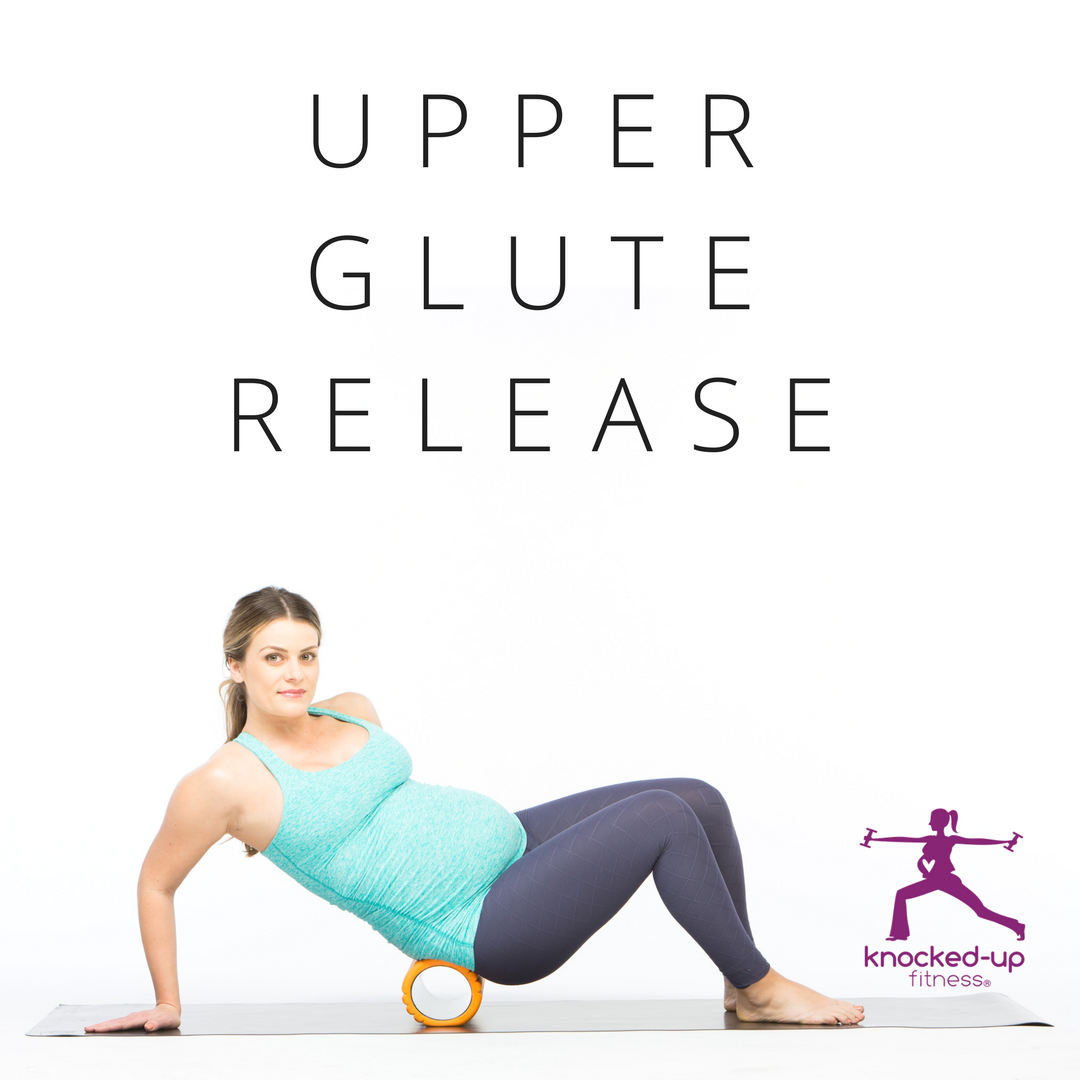 Upper Glute Release
Upper Glute Release
Sit on a foam roller just above your tailbone on your sacrum, and shift your weight and roll your body towards one side.
Very slowly roll around your upper glute.
Then switch sides.

Sources:
ACOG: American College of Obstetrics and Gynecologists
American Pregnancy Association. Pregnancy and Sciatic Nerve Pain. 2016
Clapp, JF., MD. Exercising through your pregnancy. Addicus Books. 2002. ISBN 1886039593, 9781886039599. Omaha, Nebraska.
Ellembug, D., Curnier, D., & Labonte-LeMoyne, E. Université de Montréal. 2013.
Kinsella, MT., & Monk, C. Impact of Maternal Stress, Depression & Anxiety on Fetal Neurobehavioral Development. Clinical Obstetrics and Gynecology. 2009.
Price, BB., Amini, SB., & Kappeler, K. Exercise in pregnancy: e ect on tness and obstetric outcomes- a randomized trial. Medical Science Sports Exercise 44(12):2263-9. December 2012)

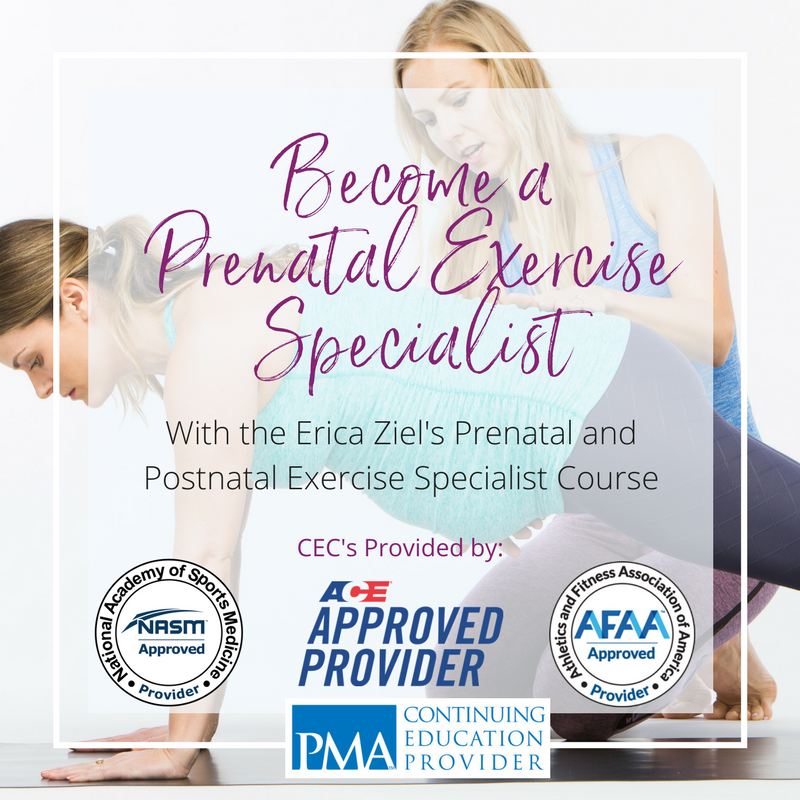

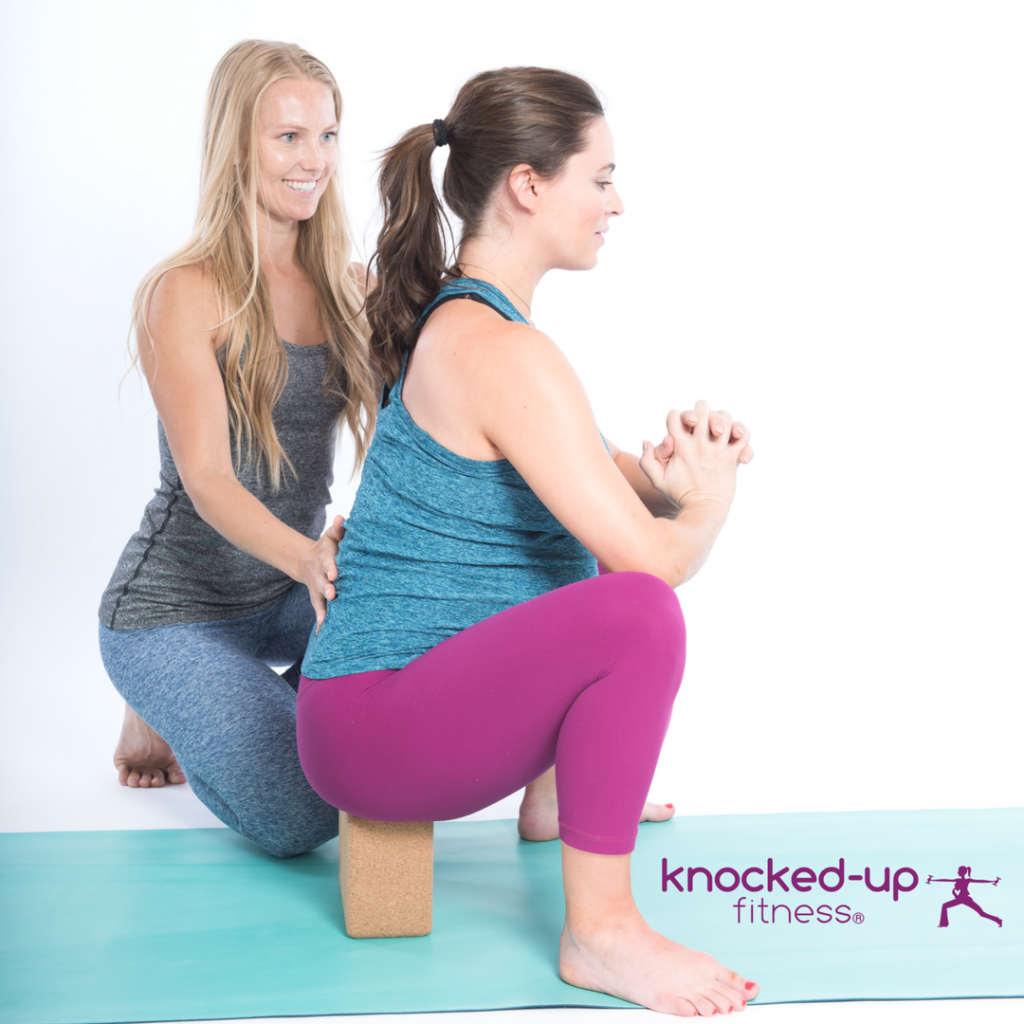
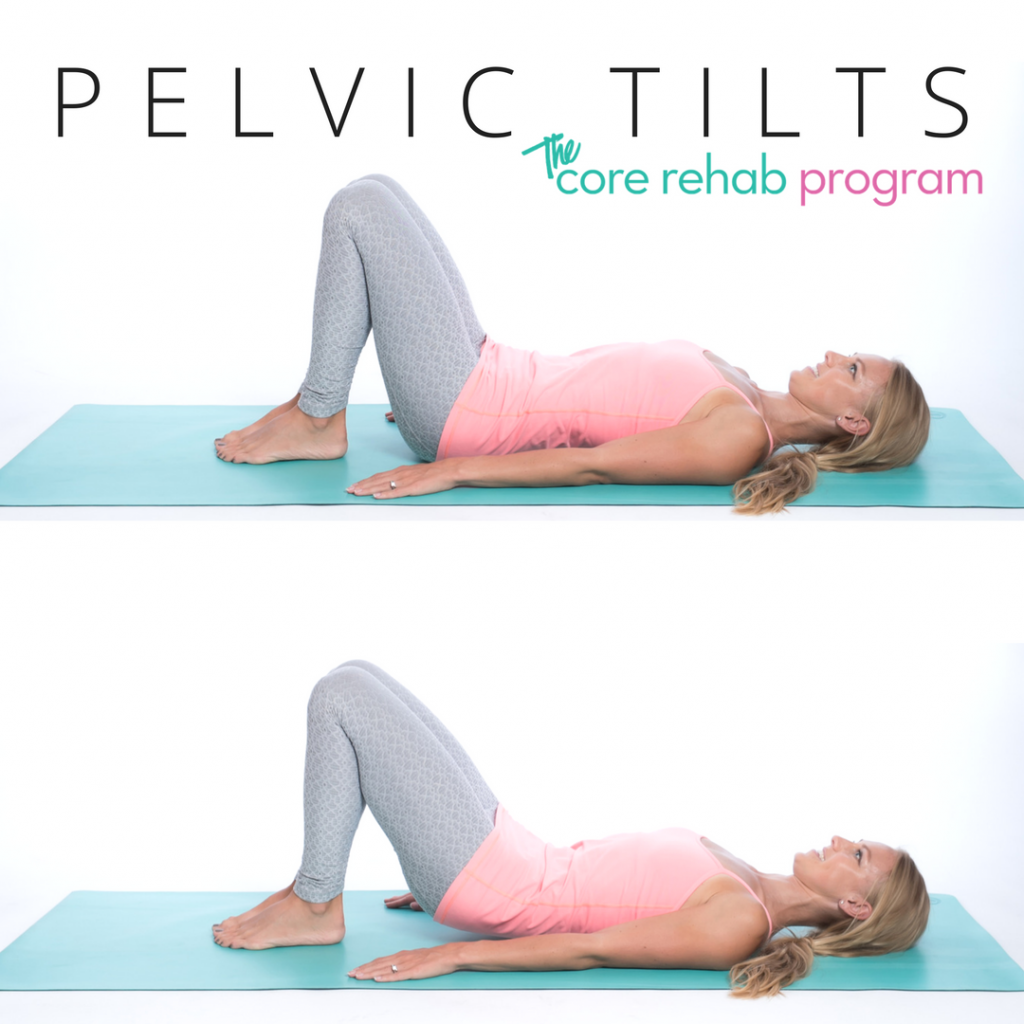

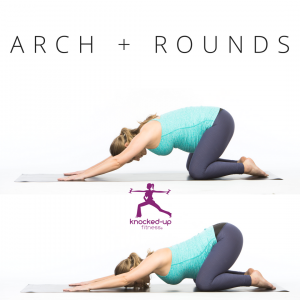
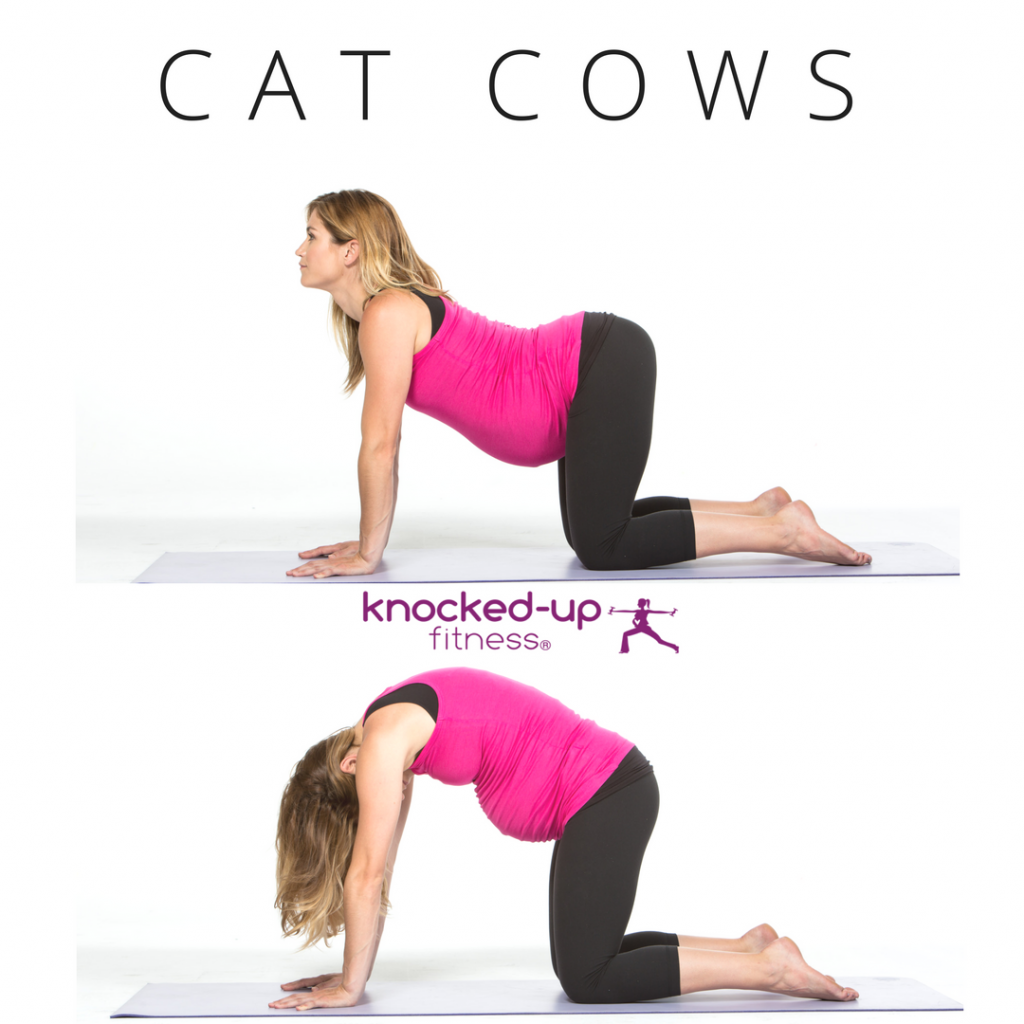
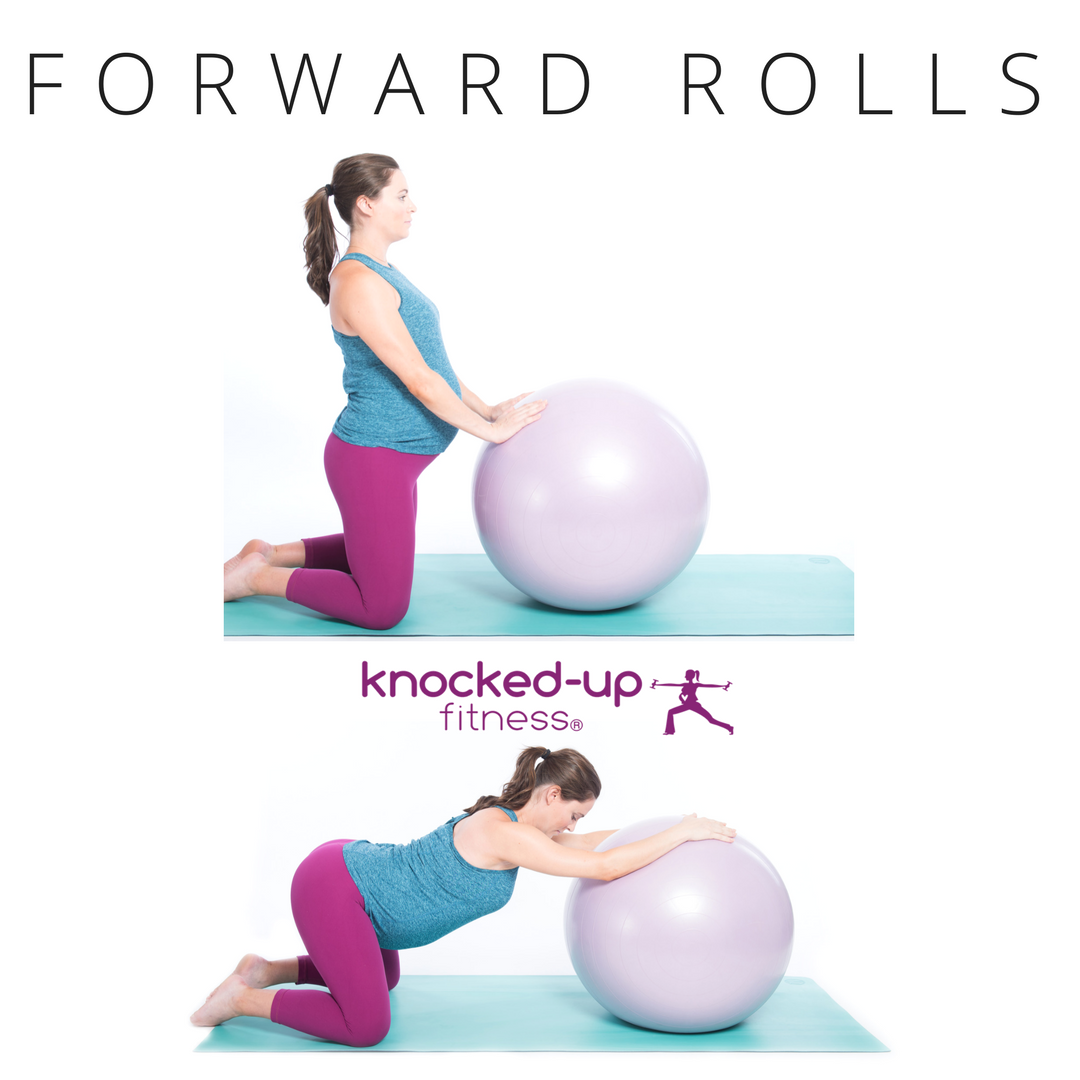
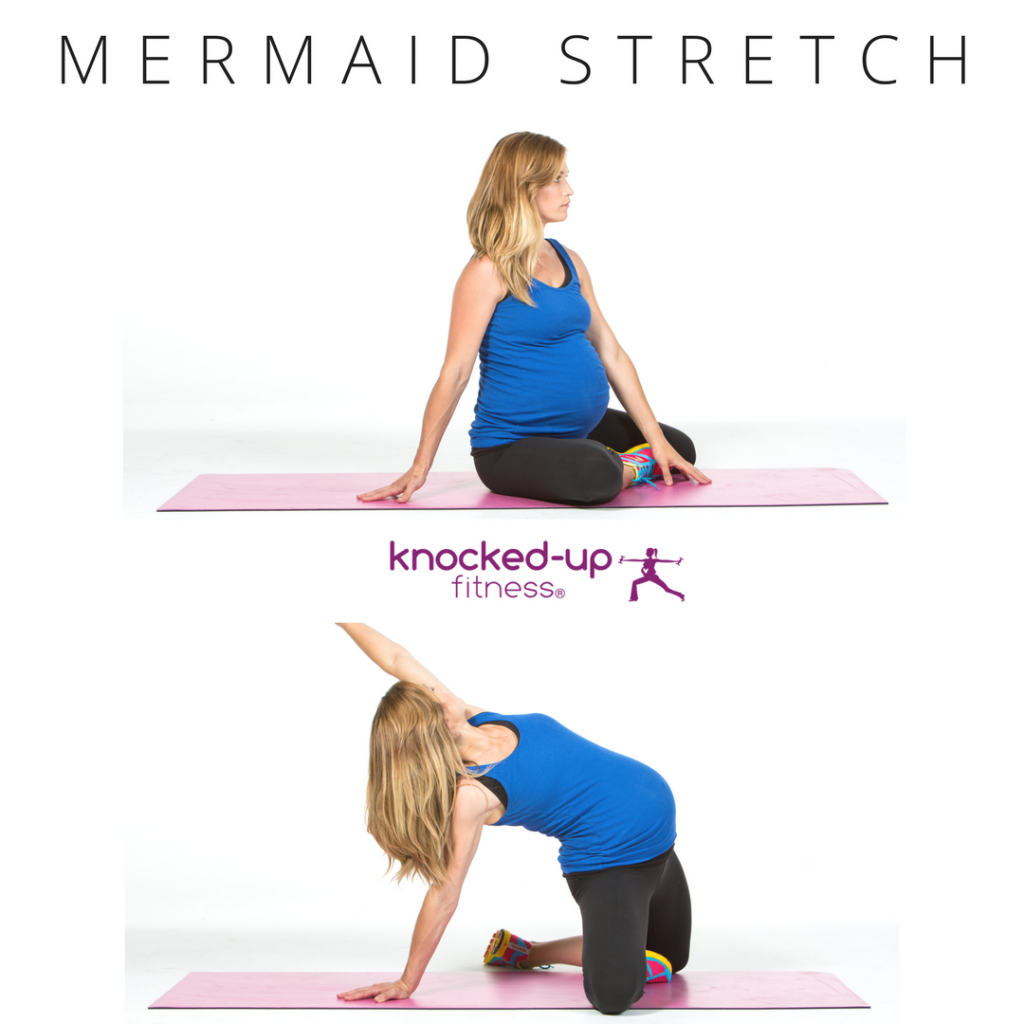
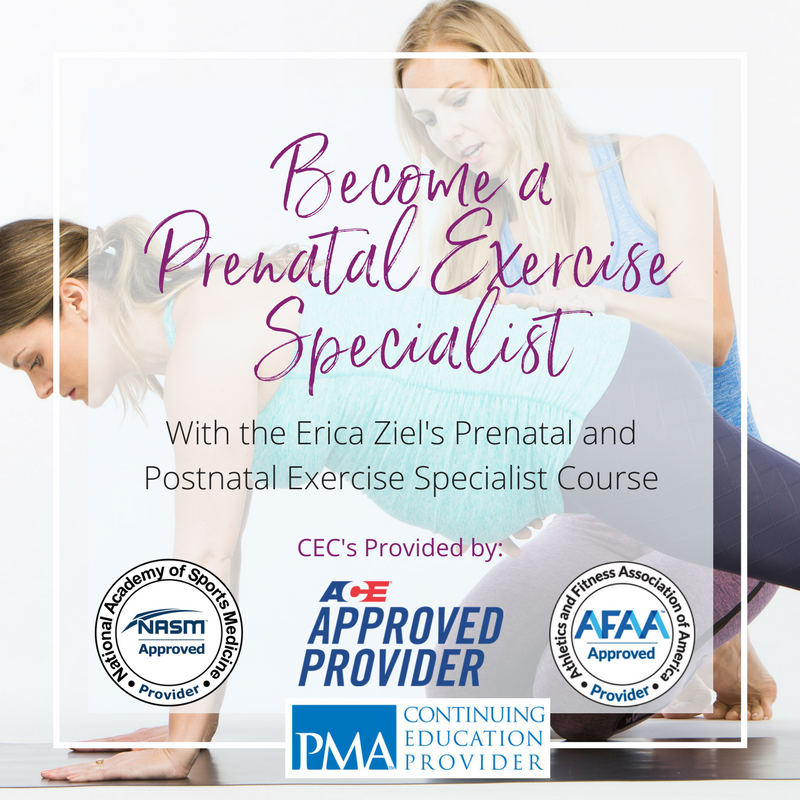


1 Comment
Please send detail for prenatal